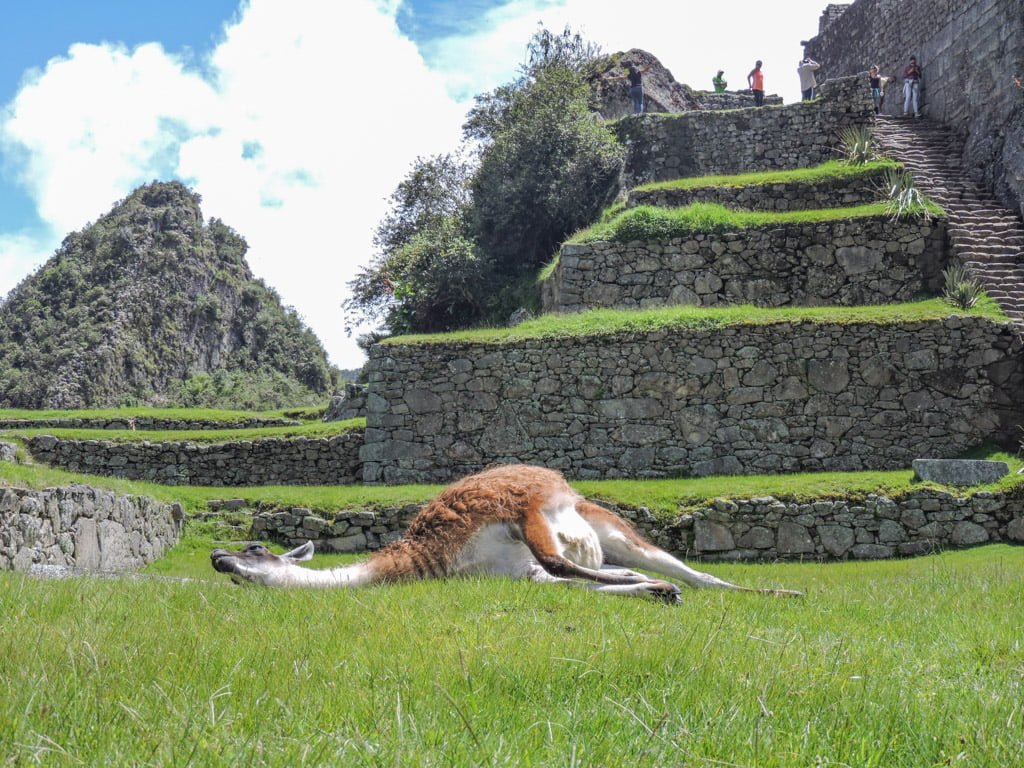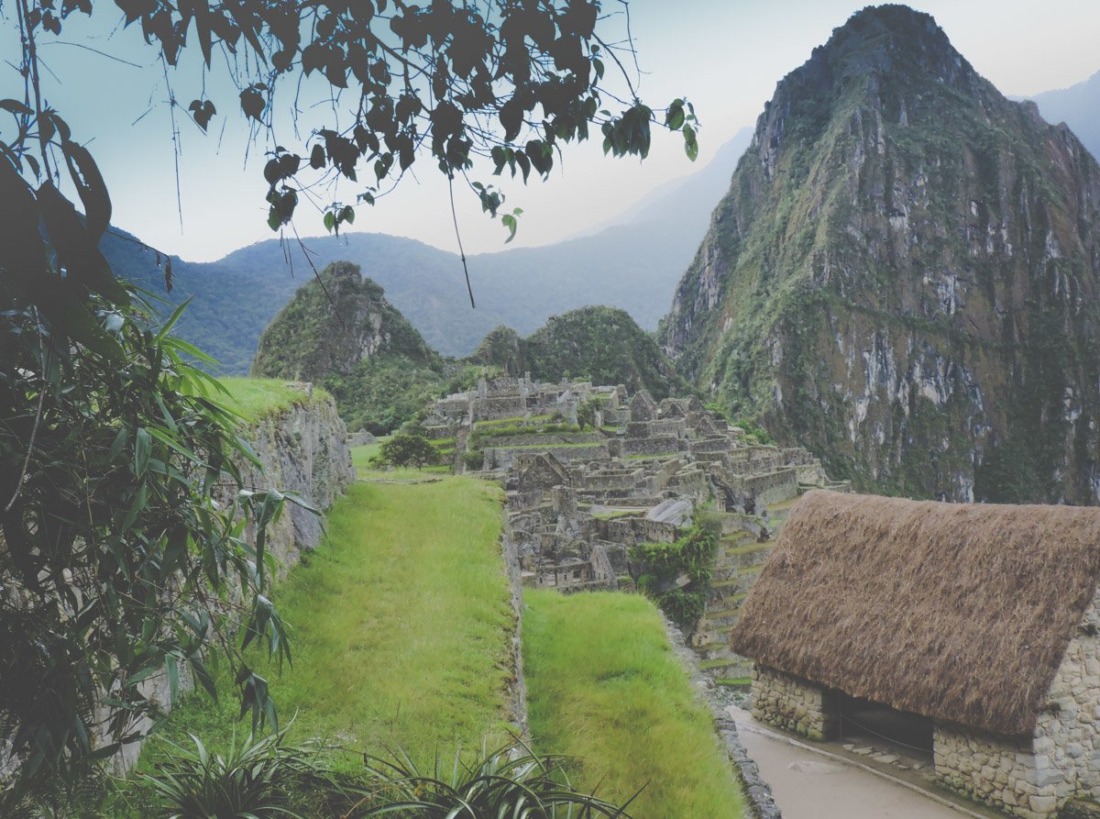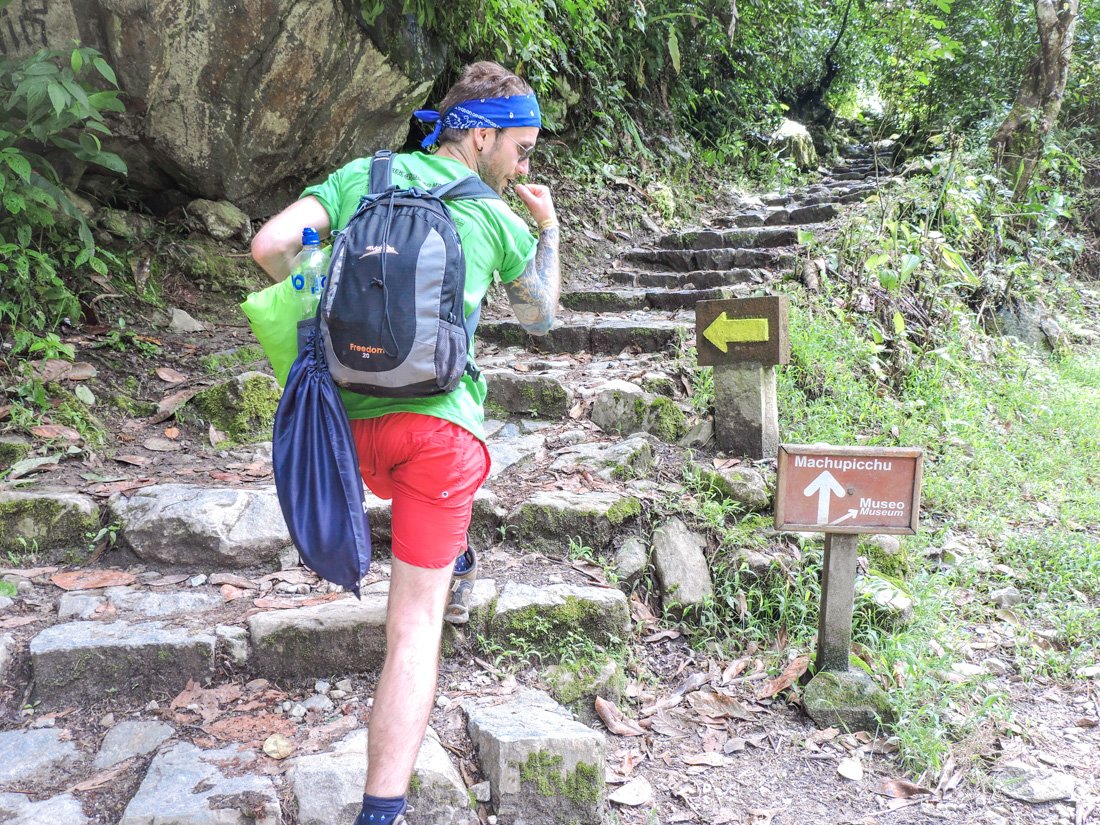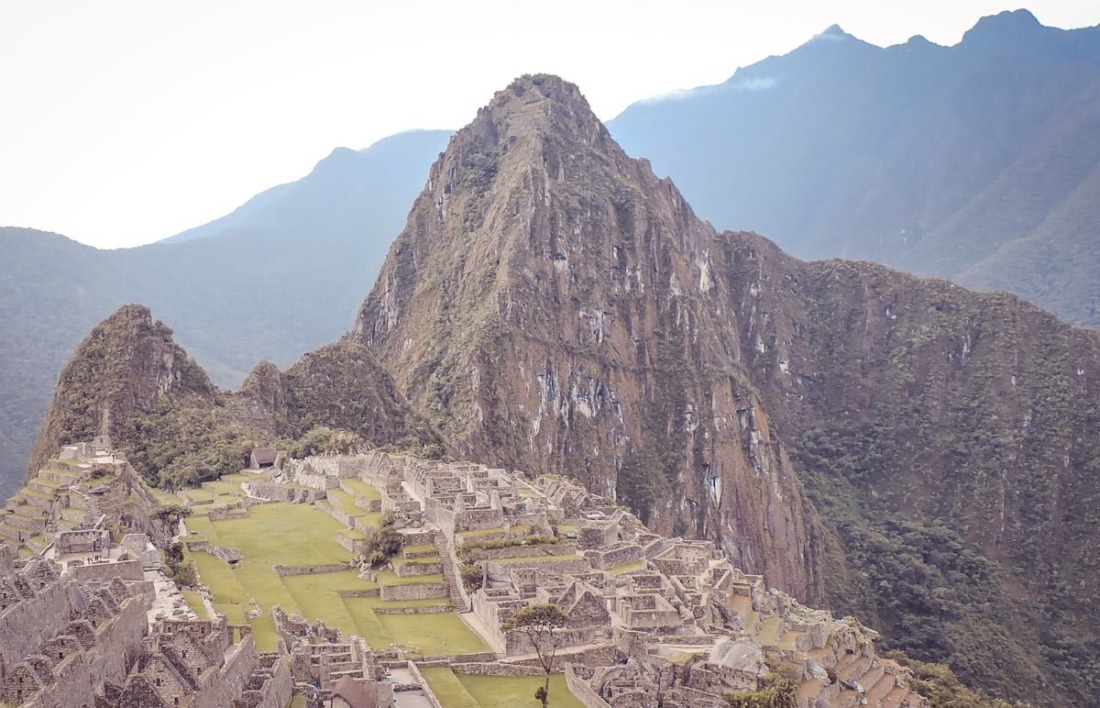You’ve picked the right country! Peru boasts of every type of terrain possible. 2 weeks in this South American country is ample time to soak up the Peruvian culture without feeling rushed. Here is our extensive Peru itinerary, which can be reduced or extended depending on your timescale. It details the top Peru tourist attractions, […]
Tag Archives: Machu Picchu
Machu Picchu in Peru features high on many travellers’ bucket lists, and rightfully so. One of the new seven wonders of the world, Machu Picchu is hailed as an archaeologist’s dream. Believed to have been built by hand in the 15th century by Peru’s Inca civilisation, this South American icon is hard to miss and is […]
Thousands flock to Peru every year to hike to Machu Picchu. The most popular route is to hike the Inca Trail which requires planning as the dates for the trek fill up fast (hikers should book at least six months in advance). Although famous, the Inca Trail is not the only route, in fact – there are […]
The Lares Trek to Machu Picchu is one of the alternative hiking routes to the famous Inca Trail to Machu Picchu. The Inca Trail actually books up at least six months in advance and only a certain amount of passes are available each day, therefore, the Lares is a great alternative for those who are less […]




